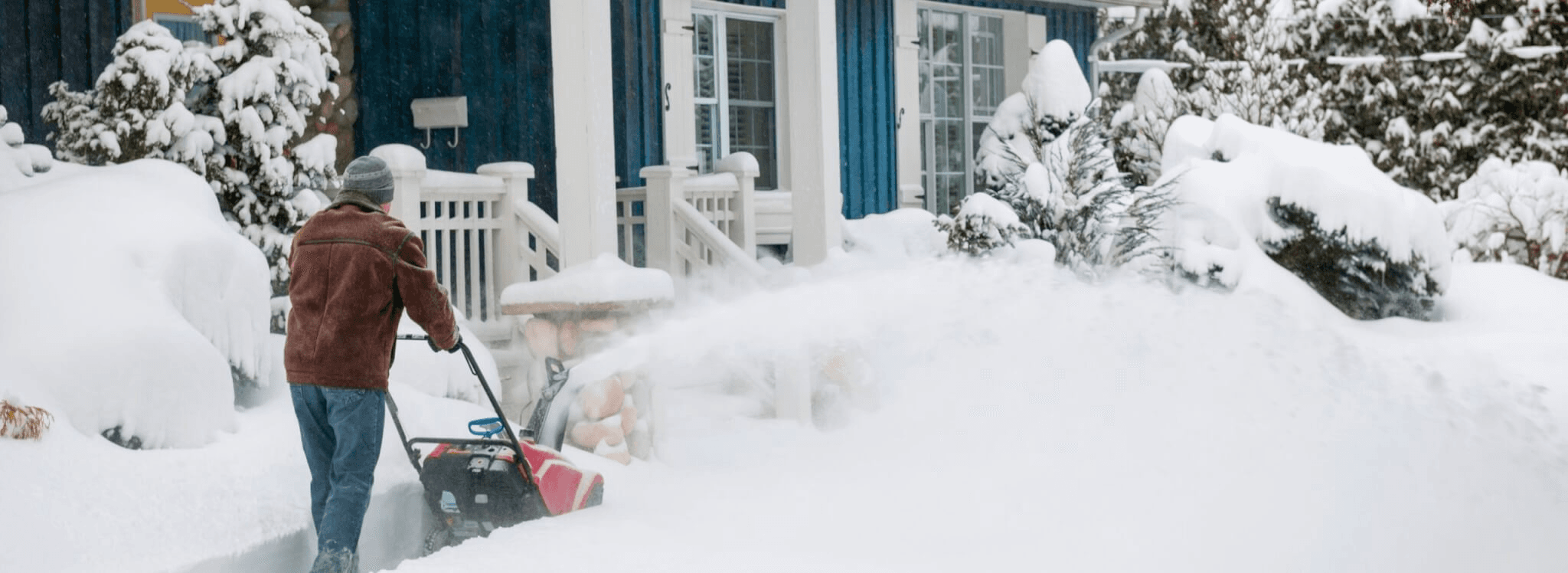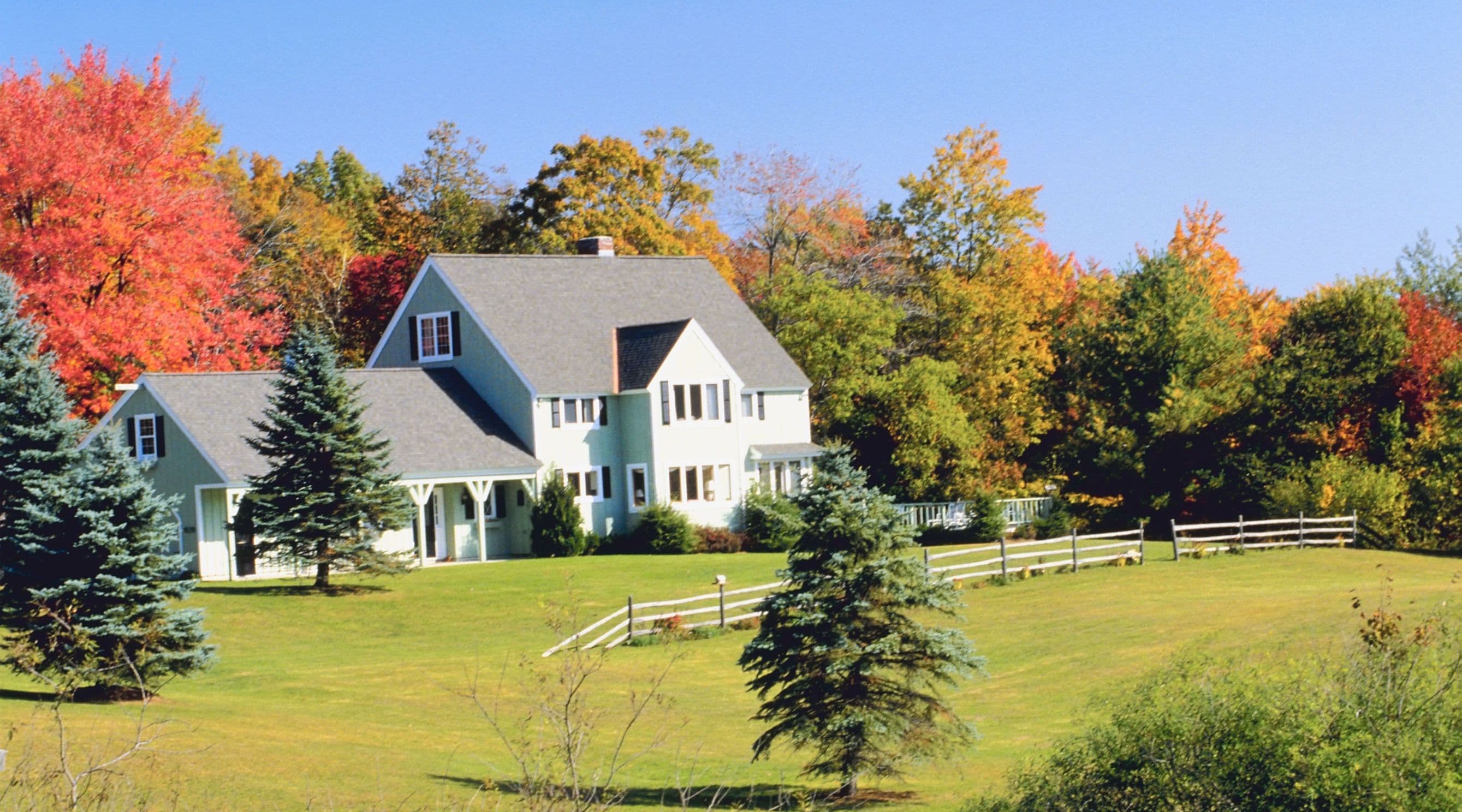Hometap Tip: Test Your Snowblower

In many cases, replacing a worn part on your snowblower will cost much less than having to buy a new snowblower outright. Depending on the model of your snowblower and which parts you need to replace, you may be able to spend less than $50 to get your machine updated and ready for snow storms. Compare this cost with new snowblowers, which can range from $600 to $1,250. Spending some time on preventive maintenance for your snowblower this fall can save you hundreds come winter.
Make sure your snowblower is in good working condition – before winter arrives.
What You’ll Need
The Basics
- Snowblower
- Bike pump or tire pressure gauge
- Wrench
For Gas Snowblowers
- Turkey baster or siphon equipment
- Fuel stabilizer
- Container for old oil
- Fresh oil
The Works
- Shear pins
- Spark plugs
- Snow blower belts
- Scraper bar
- Skid shoes
- Starter cord
How to Do It
Before checking your snowblower, consult the owner’s manual to locate every part that should be tested. Owners of gas snowblowers (versus electric) will have a few extra steps to check the fuel and change the oil.
Gas Snowblowers:
Purchase the appropriate fuel and fuel stabilizer for your snowblower model. Drain the gas tank of any residual fuel with a turkey baster or similar siphon and dispose. Fill the tank with new gas and the recommended amount of fuel stabilizer. Close the tank securely.
Use the oil reservoir’s dipstick to check the oil. If it looks dirty, purchase the recommended brand of oil for your snowblower model. Drain the old oil into a secure container and discard it properly. Add new oil and close the reservoir tightly.
Electric Snowblowers:
Confirm that the snowblower is operational when plugged in and turned on.
All Snowblowers:
- Inspect the following snowblower parts for wear and tear and replace as necessary: belts, rotor blades, scraper bars, shear pins, skid shoes, spark plugs, and starter cord. For each replacement part, ensure you purchase the correct replacement size and/or model for your specific snowblower. If you have questions or lost your manual, look up your snowblower specs online on the manufacturer’s website.
- Check if your snowblower tires are low on air; if so, refill with a bike pump to the recommended pressure level.
- Tighten all loose nuts and bolts with a wrench as many may have loosened up during the previous winter because of the snowblower’s vibrations.
- Check if cables or other moving parts need lubrication and add as needed.
The more you know about your home equity, the better decisions you can make about what to do with it. Do you know how much equity you have in your home? The Home Equity Dashboard makes it easy to find out.
You should know
We do our best to make sure that the information in this post is as accurate as possible as of the date it is published, but things change quickly sometimes. Hometap does not endorse or monitor any linked websites. Individual situations differ, so consult your own finance, tax or legal professional to determine what makes sense for you.



